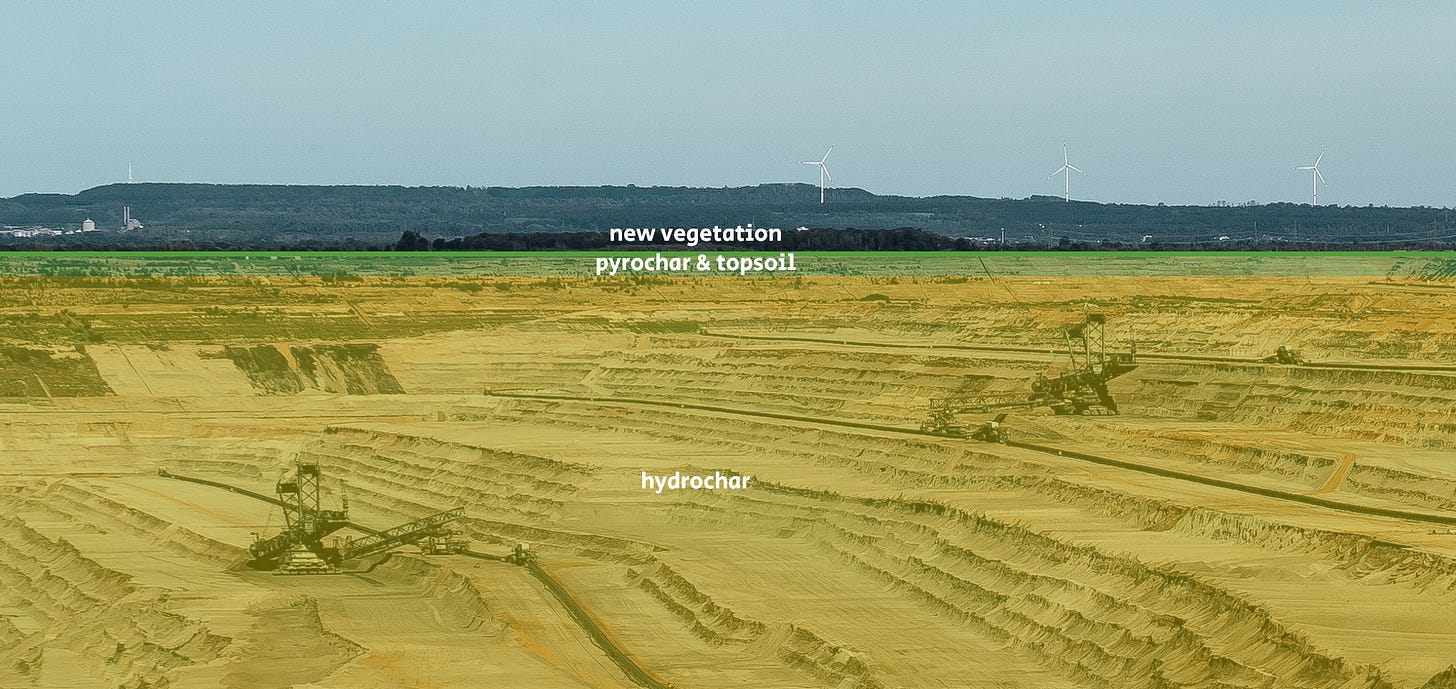Carbon-negative Christmas trees?
Christmas trees belong to the many topics that pitch a long-standing tradition against the need for a carbon-negative economy, but there is no reason why the two things should be at loggerheads.
The origins of the Christmas tree tradition are somewhat obscure, likely rooted in nature religions rather than Christianity. Today it’s a sizable industry, with plantation-grown firs, spruces, and pines making up the bulk of the Christmas trees on the market, plus an environmentally dubious sideline of artificial trees.
On the other hand, we see public calls for afforestation and “for every click we plant a tree” image campaigns geared towards environmentally-minded customers. How can we reconcile these two perspectives?
A Christmas tree plantation is at first blush a form of short rotation forestry, except the economic purpose of most fast-growing plantations is to provide raw materials for biofuels, while Christmas trees anchor a fortnight-long semi-pagan, semi-Christian tradition, after which they are discarded.
This juncture is where we can reconcile tradition with progress.
Expert criticism of “every click a tree” campaigns tends to focus on the short-termism of these campaigns, but this is not really the crux of the matter. For us, Christmas trees are first and foremost captured carbon, and if we have a six-to-ten year old tree on our hands (the typical growing period for a Christmas tree) or a hundred-year old tree, we have to find a way to stabilize the captured carbon for much longer periods than the lifespan of a tree.
This is where biochar, in its two forms of pyrochar and hydrochar, comes in.
To get the captured carbon of above-ground plants, be it conifers, bamboos, or poplars, underground and to stabilize it there we have to carbonize it first. A controlled agricultural process like short rotation forestry might indeed be the better environment to make sure as much carbon as possible is captured.
Trees, especially Christmas trees, are on the cusp between dry and wet biomass, so both of our preferred carbonization processes, pyrolysis and hydrothermal carbonization, can be applied.
Using some straightforward simplifying assumptions, we calculate that we could compensate roughly 1.2 million metric tons of CO2 using pyrolysis, or 2.8 million metric tons using hydrothermal carbonization, from all the Christmas trees produced in Europe and the United States alone. (More on this in next week’s newsletter.)
If we have dry wood and want to reuse the char for agricultural purposes, producing pyrochar makes more sense. Typical Christmas trees have a root depth of less than two meters, so turning any geological depression into arable land could use 90% hydrochar below a topsoil layer containing mostly pyrochar.










